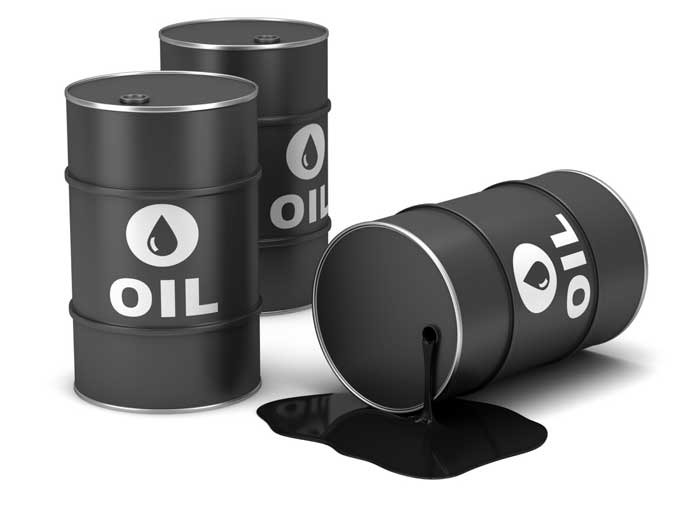The Middle Eastern crude benchmarks Dubai and Oman deepened discounts to Dubai swaps this week to levels last seen in 2020 amid thin trade and liquidity and weak demand from north Asia, Reuters reported on Tuesday, citing traders and data.
A drop in the benchmarks, of which some 18 million barrels per day (bpd) of crude from the Middle East and Russia to Asia are priced, could trigger a second consecutive drop in Saudi crude prices for Asia, when Aramco announces in early January its official selling prices (OSPs) for Asia for February loadings.
At Monday’s close, the cash Dubai and DME Oman futures were trading at discounts of $0.46 and $0.65 per barrel, respectively, to Dubai swaps—the deepest discounts since 2020, according to Reuters data.
Last week, the Middle Eastern benchmarks Oman, Dubai, and Murban flipped to discounts against Dubai quotes for the first time since October 2020, as trade is thin and demand is soft.
“This month demand is super slow,” a trader based in Singapore told Reuters.
Demand for Saudi crude at Chinese refiners is at its lowest since August after the world’s top crude exporter set the price of its oil for January at levels higher than the market was expecting, trading sources with knowledge of the matter told Reuters last week.
Earlier last month, Saudi Arabia cut the price of its flagship crude, Arab Light, loading in January for Asia by $0.50 per barrel over the Oman/Dubai average. While the cut was widely expected by the market and was the first reduction in the official selling price (OSP) of Arab Light for Asia in seven months, it was half of what market participants were anticipating.



